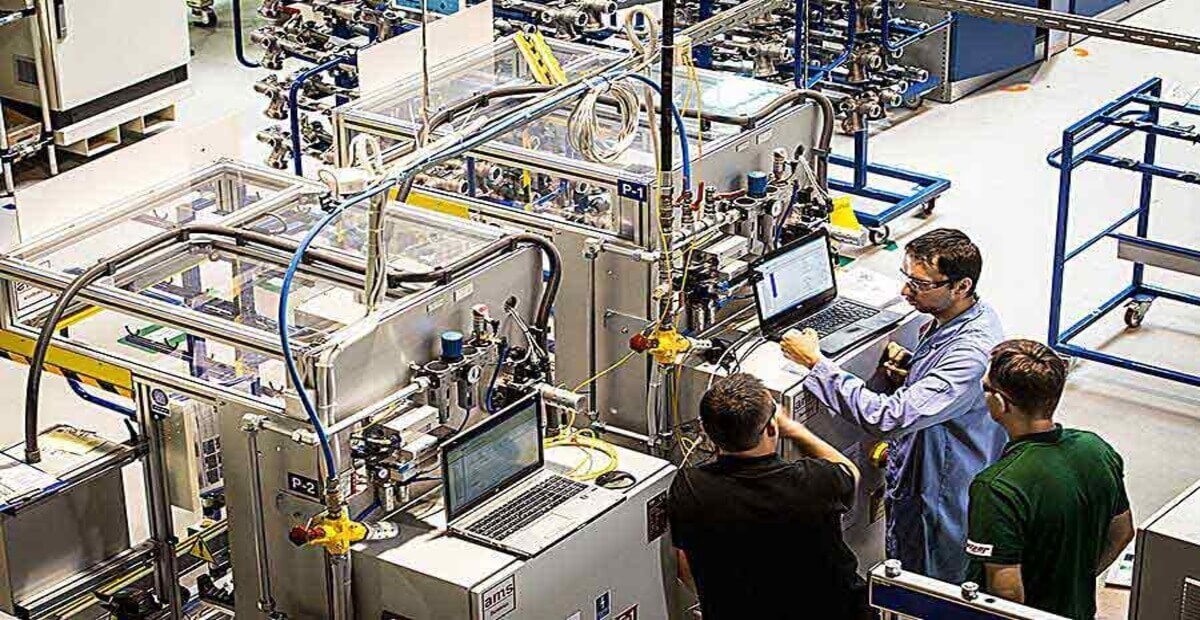
Empowering Your Workforce to Champion Safety
June 26, 2022
Predictive Maintenance: Transforming Industrial Operations for Maximum Efficiency
July 15, 2022
Empowering Your Workforce to Champion Safety
June 26, 2022
Predictive Maintenance: Transforming Industrial Operations for Maximum Efficiency
July 15, 2022The rise of Industry 4.0, defined by data integration, the Industrial Internet of Things (IoT), and advanced analytics, is revolutionizing manufacturing. This transformation toward smart manufacturing is reshaping operations, significantly enhancing productivity and resilience across the sector.
Industrial IoT: Bridging the Connectivity Gap
Modern manufacturing relies on complex operational assets like advanced machinery and robotics. However, their full potential often goes untapped due to limited interconnectivity. Industrial IoT platforms, when paired with artificial intelligence (AI), big data, and cognitive manufacturing, unlock this latent potential. These technologies enable manufacturers to boost efficiency, lower operational costs, and improve plant safety and maintenance.
Data: The Heart of Smarter Manufacturing
Strategic use of data analytics powers smart manufacturing. Predictive analytics enables manufacturers to foresee maintenance needs, optimize quality, and quickly adapt to market changes. This data-driven approach ensures agility and enhances overall performance.
Three-Tiered Architecture for Industry 4.0
A structured, three-tiered system helps manufacturers maximize Industry 4.0 benefits:
- Edge Level: Focuses on optimizing physical production for higher efficiency.
- Plant/Factory Level: Streamlines operations by proactively managing safety and production challenges.
- Enterprise Level: Supports informed decision-making through comprehensive analysis and collaboration.
Why a Three-Tiered Approach Works
This layered framework offers scalability, better management, and faster development cycles. By seamlessly connecting operational levels, manufacturers gain a flexible and cost-effective system that leverages resources across platforms.
Smart Manufacturing for Resilience
Smart manufacturing fosters agility and resilience through robust data collection and analysis. This approach enhances performance while enabling manufacturers to tackle emerging challenges with confidence.
Protecting Industrial Data
In an increasingly interconnected manufacturing environment, robust information security is non-negotiable. Protecting sensitive data throughout its lifecycle ensures the safety of the entire operational ecosystem.
Thriving in the Era of Industry 4.0
The integration of industrial IoT, advanced analytics, and a structured architecture is transforming manufacturing into a smarter, more adaptive process. As the industry evolves, adopting these strategies is essential for staying competitive and agile.
For reliable industrial safety solutions and expert guidance in workplace signage, trust EZSecur. Visit us at www.ezsecur.com.






